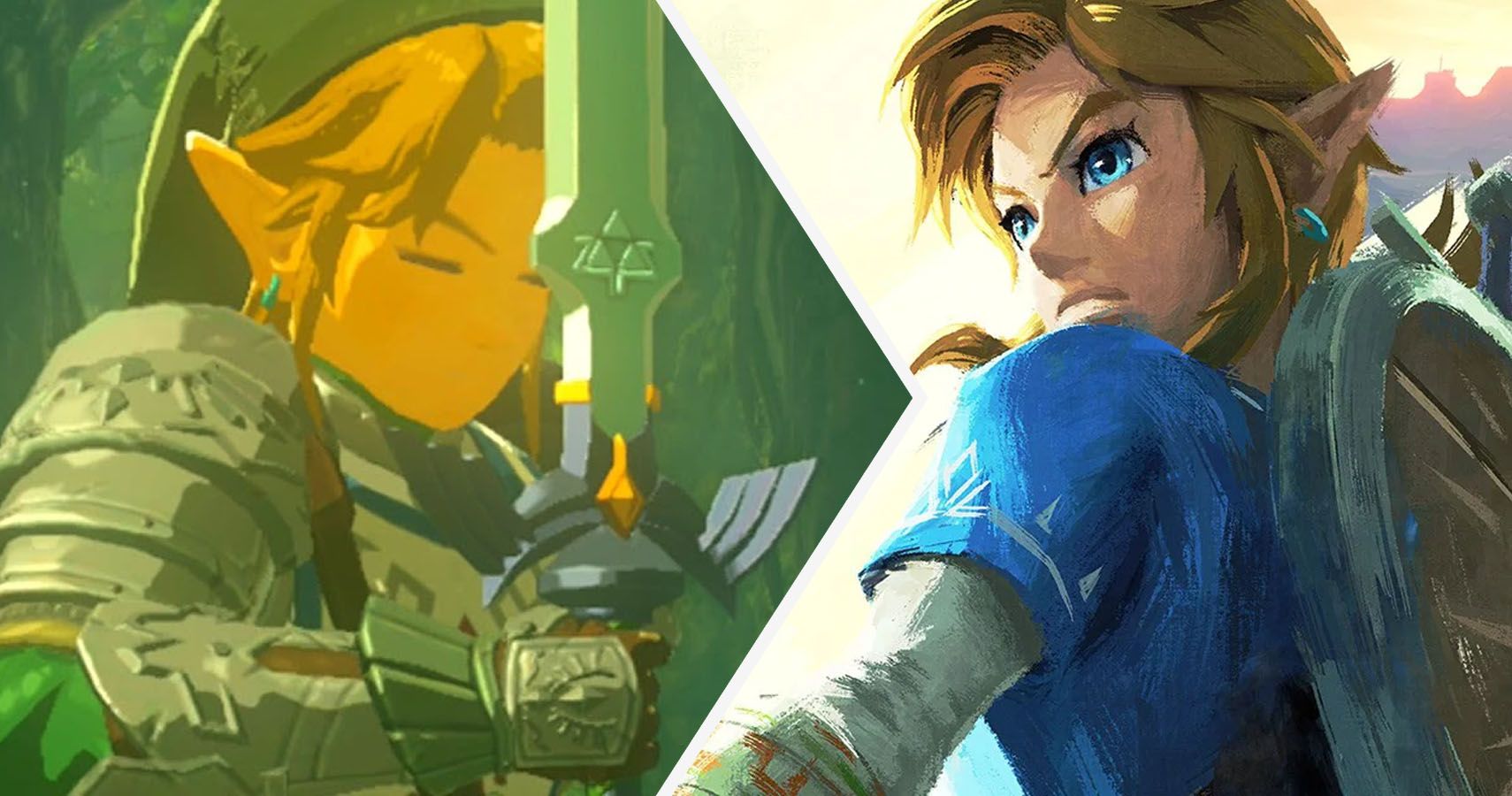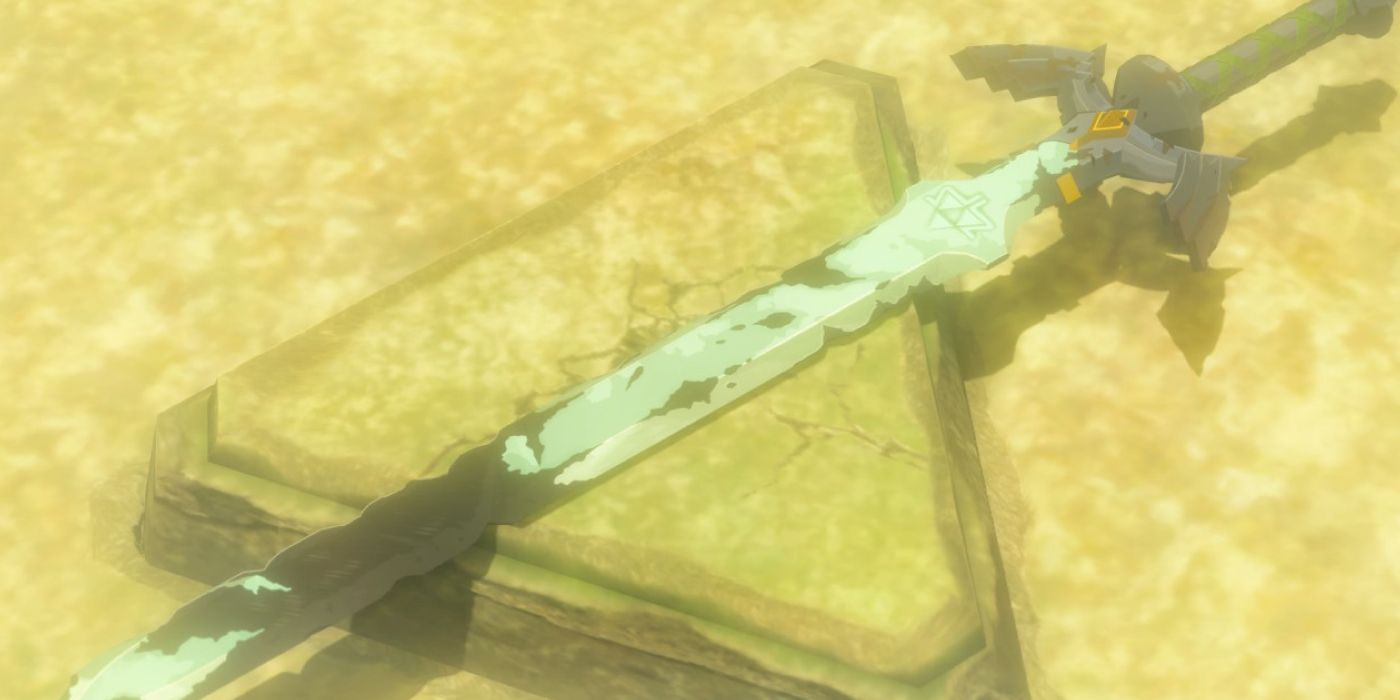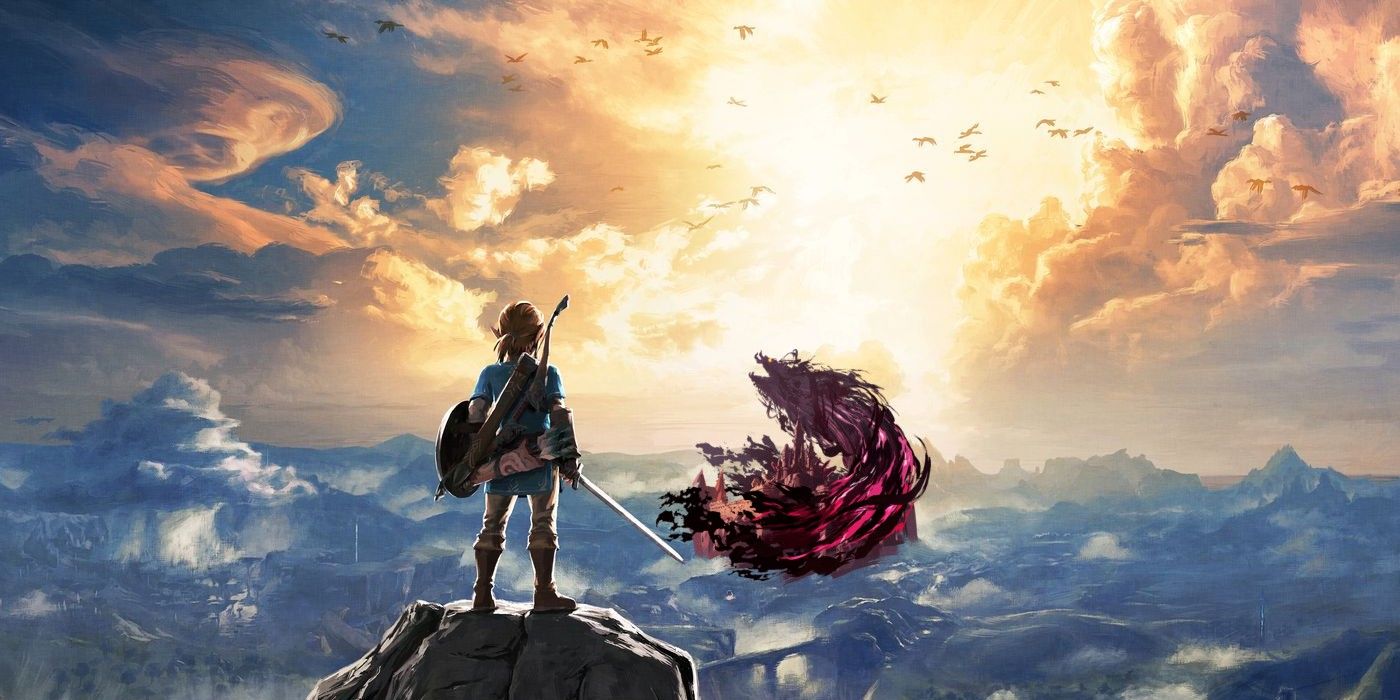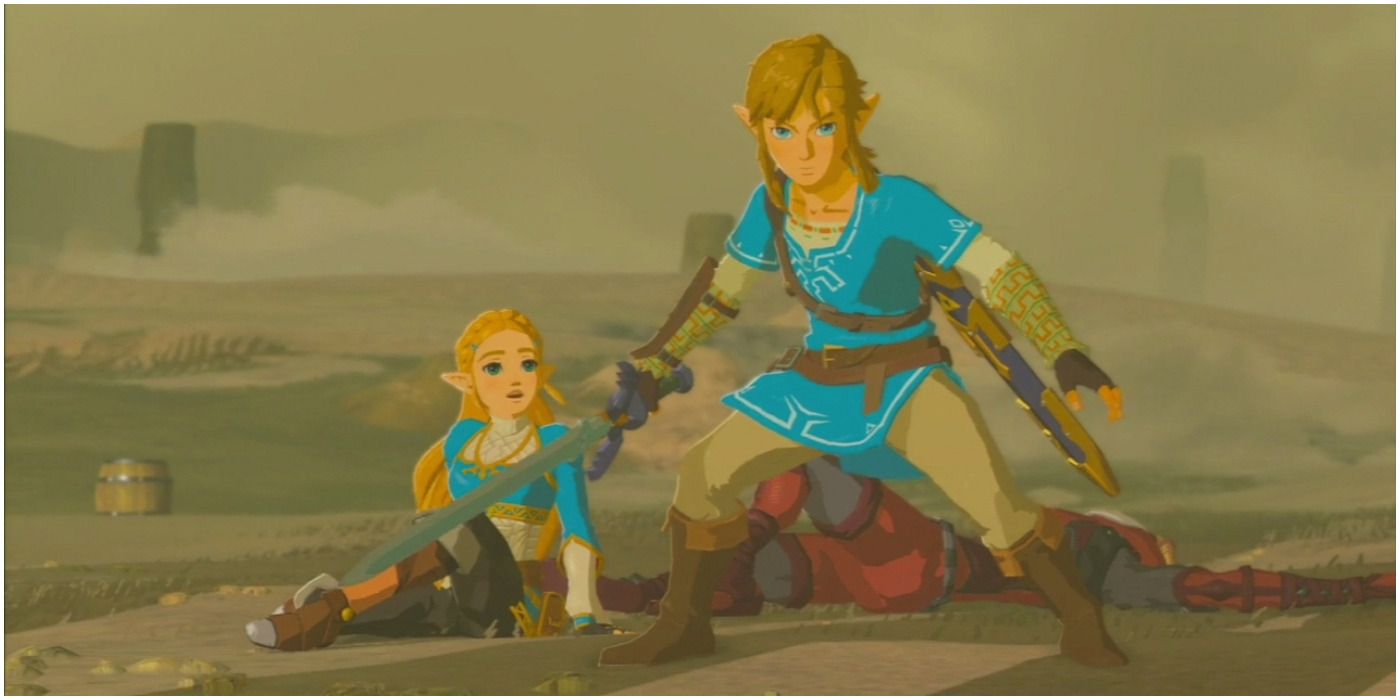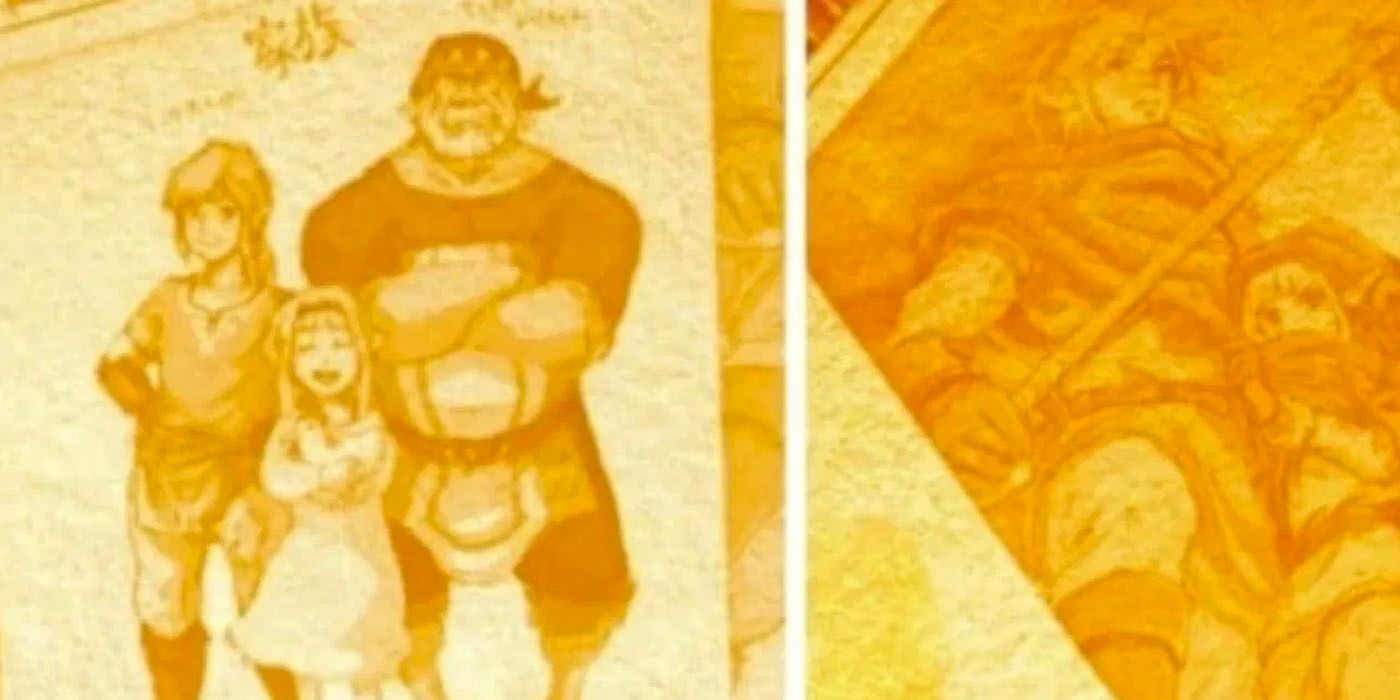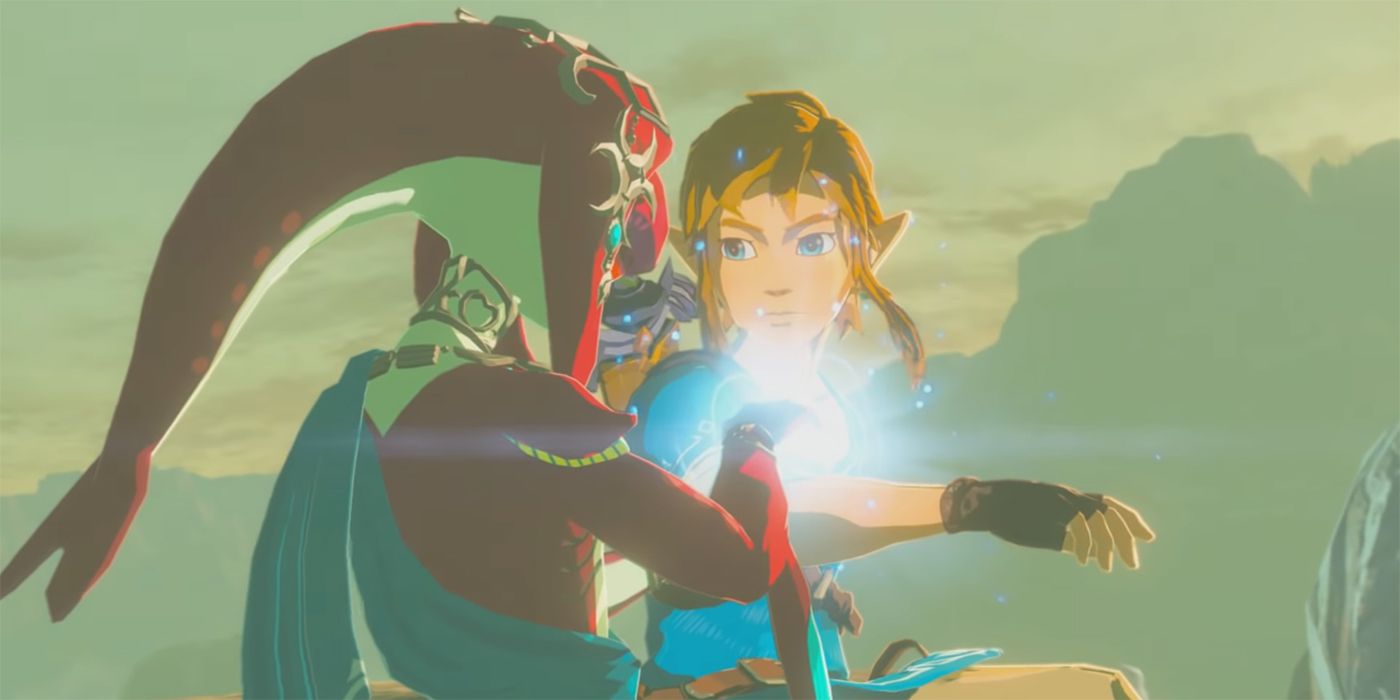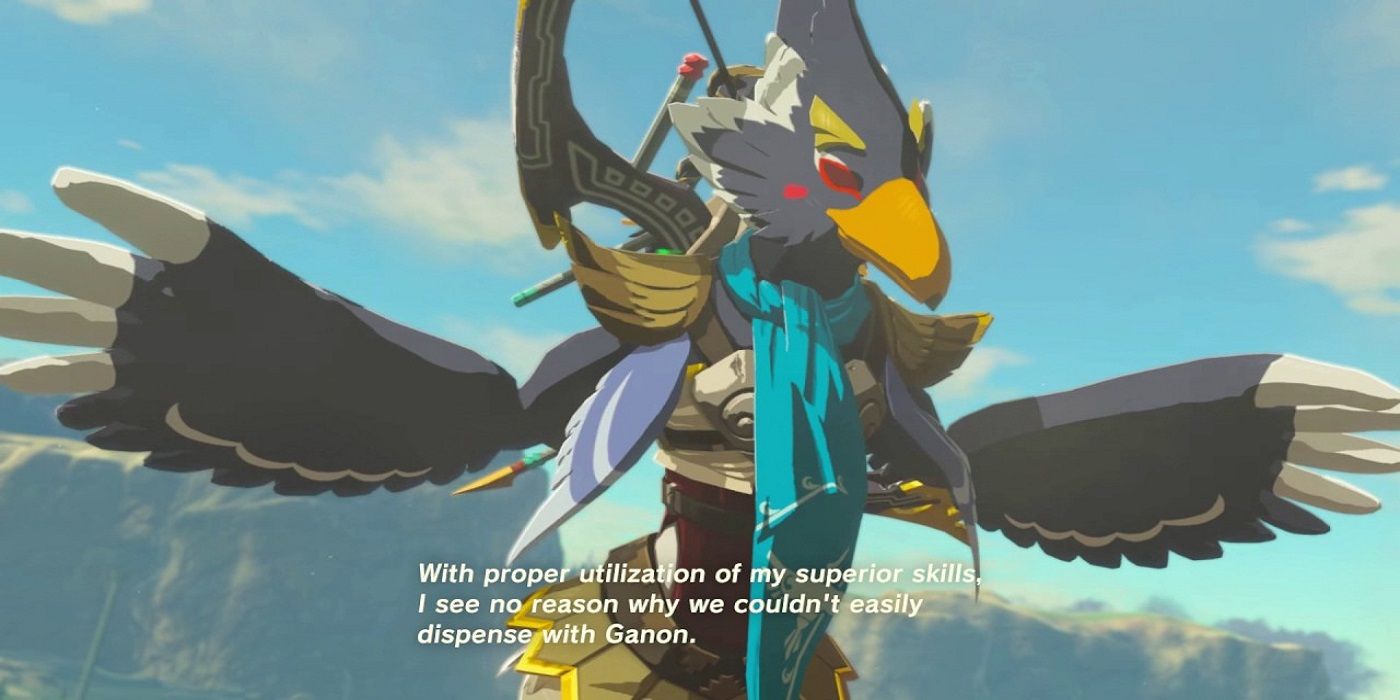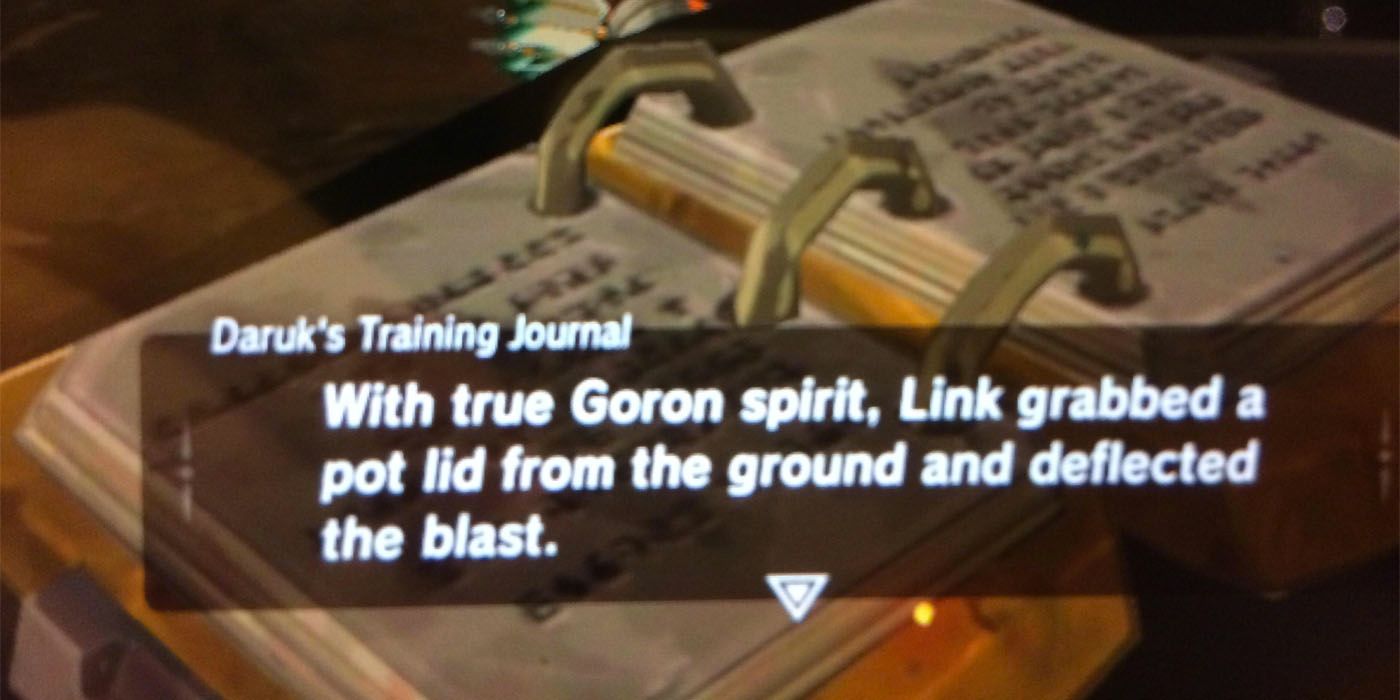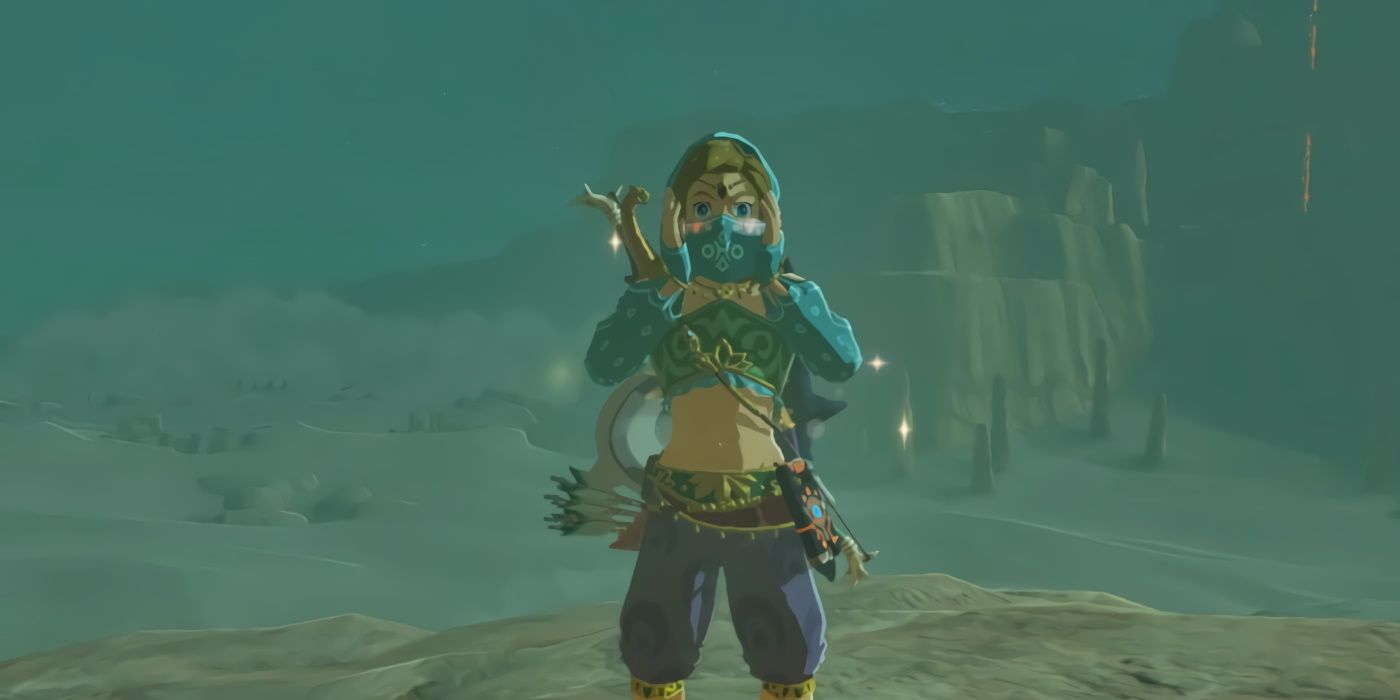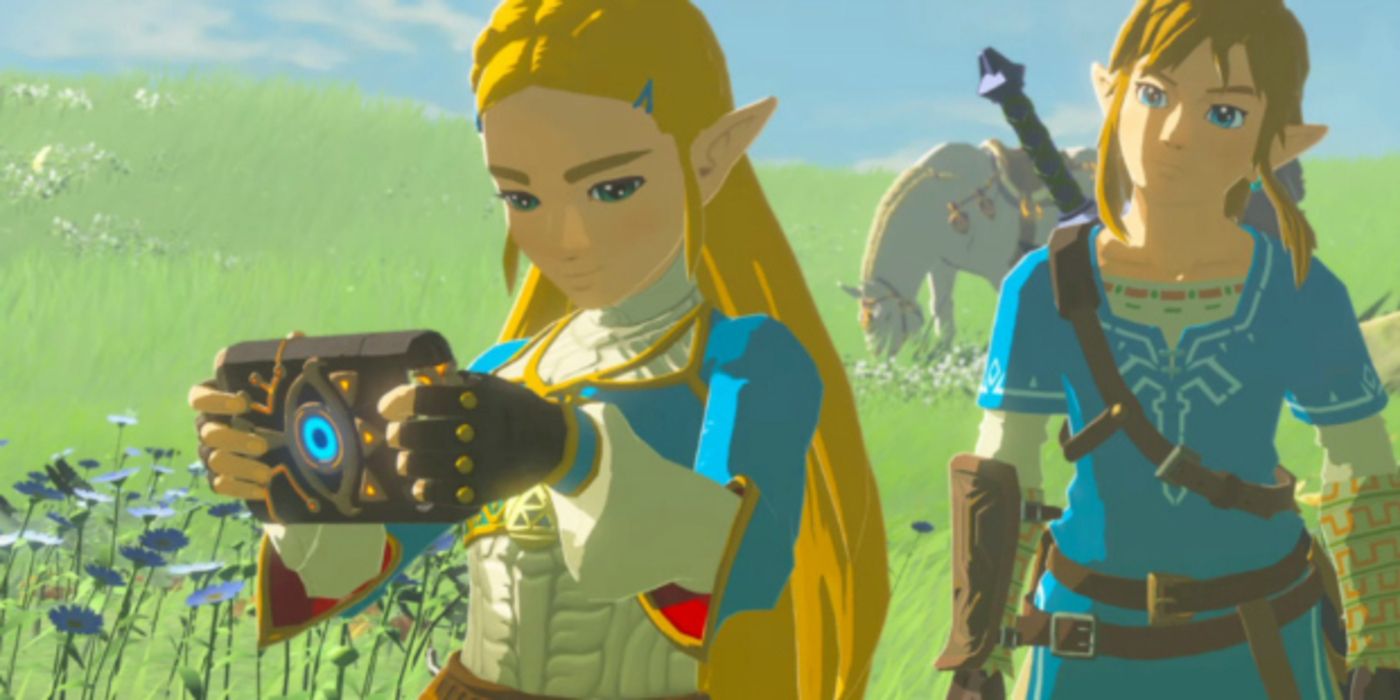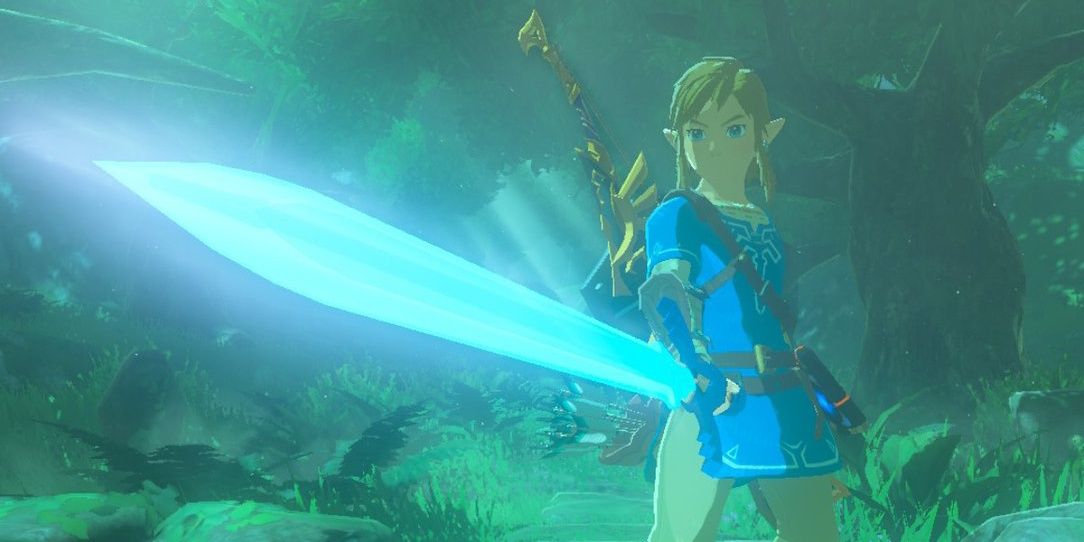If there’s one consistency fans can expect from any Legend of Zelda, it’s Link. Princess Zelda, Ganon, and the Triforce come & go, but Link has remained steadfast in his presence. It’s hard to imagine anyone other than Link frontlining each game, but Nintendo's hit series does keep the protagonist variety high by featuring multiple different incarnations of Link.
The most recent Link, the Hero of the Wild, is arguably the series’ most compelling thus far. Burdened by his destiny to save Hyrule, Breath of the Wild’s Link struggles more than the average hero, & his past shows how interesting his life is.
10 Link Is Freakishly Strong
Link has never been able to wield the Master Sword as a child. The Legendary Hero is in his mid-teens, the Hero of Time is no older than 12 & put to sleep for seven years as a result, the Hero of Winds is the same age the Hero of Time was when he arrived in the future, and both the Hero of Twilight & Hero of Skies are young men on the cusp of proper adulthood. The Hero of the Wild is too, but he’s been using the Master Sword since he was 12.
Not just wielding the Master Sword either, but actually strong enough to defeat fully grown adults with it. Surprisingly, pulling the Master Sword at 12 wouldn’t even be this Link’s most impressive feat.
9 Link’s Japanese Journal
The Hero of the Wild is actually Link’s most nuanced & developed incarnation yet, but fans wouldn’t see that from Nintendo of America’s bastardization of a localization. As if the terrible voice acting wasn’t bad enough, Link’s journal was changed into a generic mission log present in every open world game.
In Japanese, Link’s journal is written in first-person and often offers insight on his feelings, motivations, and relationship with Zelda while highlighting trivia about his character (his passion for fighting, exploring, etc.) One has to wonder what compelled NIntendo of America to remove such an intimate part of Link’s characterization, and why they thought no one would notice or care.
8 Link’s Insecurities
Another important detail highlighted in Link’s Japanese journal is his insecurity. Zelda’s journal makes it clear that Link is quiet because he’s carrying the weight of the world on his shoulders, but the Japanese version expands on this by having Link actually muse on his abilities. When he regains his memories, he even questions if he’s strong enough to save Zelda.
The Hero of the Wild is burdened by an expectation to save Hyrule, to save Zelda. He’s essentially the last man standing by the time he storms Hyrule Castle, and being able to witness his insecurities firsthand leads to a more compelling finale.
7 Link’s Lost Family
Breath of the Wild’s tie-in book, Creating a Champion, actually omitted some rather juicy information in its English release– Link’s family. The book features concept art of a younger Link with his sister and father, offering insight into what his life might have been like before he “died” protecting Zelda.
They’re long dead by the time Breath of the Wild starts, but it’s important to note that Nintendo was conscious of the idea of Link leaving family behind. They aren’t mentioned in-game (and there’s really no place for them to be,) but it does help in further humanizing the Hero of the Wild.
6 Link And Mipha’s Friendship
Mipha isn’t the first Zora to have had a crush on a Link, but unlike with Ruto in Ocarina of Time, Breath of the Wild does take this aspect of Mipha’s character rather seriously. Her love of Link is portrayed as tragic, with her theme carrying a weight that her writing English voice acting can’t (although her Japanese performance is strong.)
The fact Mipha created the Zora armor for Link specifically– suggesting she was comfortable enough in their relationship to formally propose– would suggest Link did share some feelings for her. After all, they did grow up together. That said, there’s actually nothing in-game to suggest Link has feelings for Mipha, whereas the text strongly pushes a romance between Link & Zelda.
5 Revali’s Resentment
Of all of Breath of the Wild’s Champions, Revali is probably the best written of the lot. Unlike Mipha, Urbosa, and Daruk, Revali does not like Link whatsoever. To call what they have a rivalry would be wrong, as it’s mainly just pure disdain coming from Revali. It’s not unfounded either, as Revali believes that Link isn’t fit to be Zelda’s personal Champion just because he wields the Master Sword.
Revali’s resentment speaks to the “chosen one” aspect of Link’s character, and the fact he’s often just inherently talented. Unlike with other Zelda games, however, the Hero of the Wild actually fails & pays for it, giving him an arc and Revali a bit more depth.
4 Link’s In-Game Feats Aren’t Exaggerations
“Gameplay and story segregation” is a term that’s thrown around often enough in regards to accepting the more “video gamey” aspects of a game’s story, but Breath of the Wild (and The Legend of Zelda as a franchise, really) embraces its video gameyness to extremes, even going so far as to “canonize” one of Link’s most ridiculous in-game feats.
Should Link choose to read Daruk’s journal, he’ll come across a passage where Daruk recounts the time Link parried a Guardian’s laser with just a pot lid. It’s something that can happen through gameplay, but it’s a dangerous feat to attempt– making the fact Link pulled it off all the more impressive.
3 Link And The Gerudo
It’s worth noting just how much Gerudo culture changes between Ocarina of Time and Breath of the Wild. In the former, the sole Gerudo male born every 100 years became their king, whereas the latter sees the Gerudo exiling and barring all men– no exceptions. This was somewhat the case in Ocarina of Time, but Link could earn his place in their band of thieves to walk freely.
Not so in Breath of the Wild. Even recognized as the Hero of Hyrule in both the past and his awakened present, Link needs to disguise himself as a woman to enter Gerudo Town. Defeating the Divine Beast does not grant him any extra privileges, and while he’s treated with respect, he’s not above the laws of the Gerudo.
2 Link And Zelda’s Relationship
Even more so than Skyward Sword, Breath of the Wild features the most explicitly romantic relationship between Link and Zelda. While they start off on poor terms, Link’s memories show how close he and Zelda became. By the time Link falls dying, they’re more than just bodyguard & princess but genuine partners.
Link’s Japanese journal puts into perspective how much he sincerely loves Zelda, wanting nothing more than to see her smile again– a detail ultimately lost in the English mission log (thus lessening the ending’s impact.) Hopefully Breath of the Wild 2 follows suit and adds even more depth to Link & Zelda’s relationship.
1 The First Link To Keep The Master Sword
If there’s one consistent feature that defines the Master Sword, it’s that no Link ever keeps the Blade of Evil’s Blade. From as early as its introduction in A Link to the Past, the Master Sword was always returned to its pedestal by the end of the game– sometimes even after credits had rolled. This is similarly true for Ocarina of Time, The Wind Waker, Twilight Princess, and Skyward Sword, but not for Breath of the Wild.
In a rare turn of events, the Hero of the Wild is shown still equipped with the Master Sword come the true ending. It makes sense as his mission isn’t truly over (Hyrule still needs to be rebuilt,) but it’s an important distinction and one that makes sense for an incarnation of Link who’s been using the sword since childhood. Unlike other Links, the Master Sword actually is the Hero of the Wild’s personal sword.

